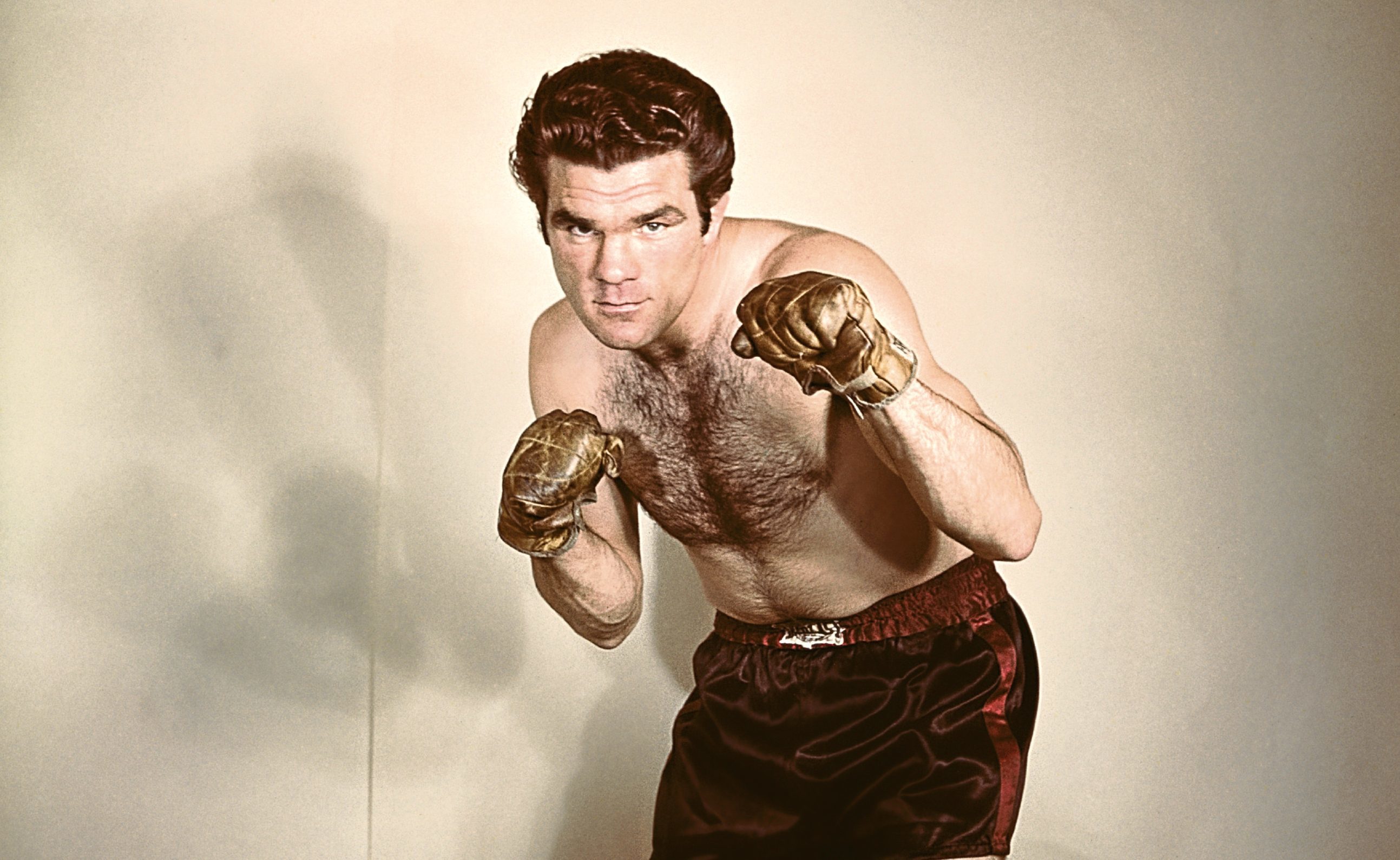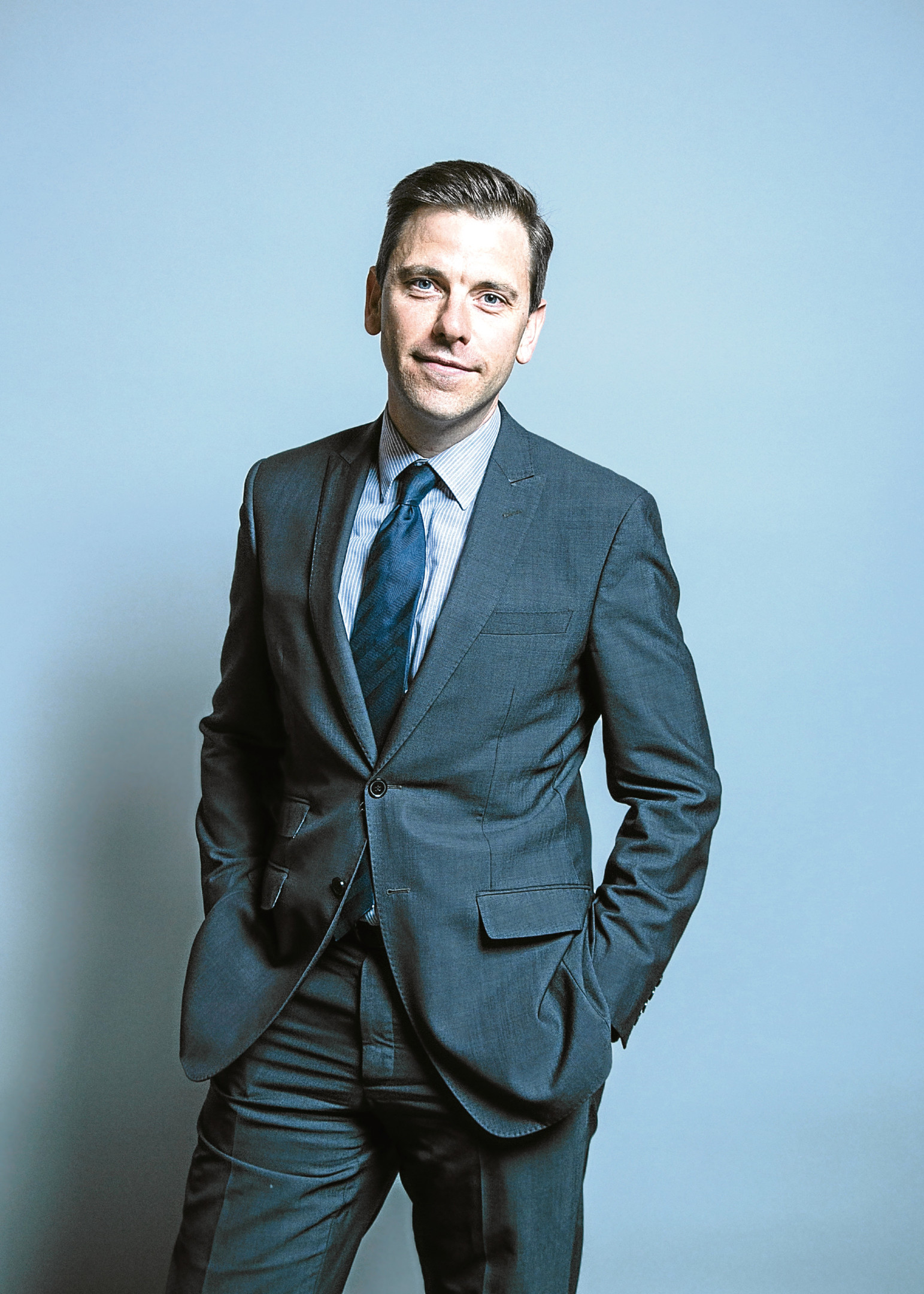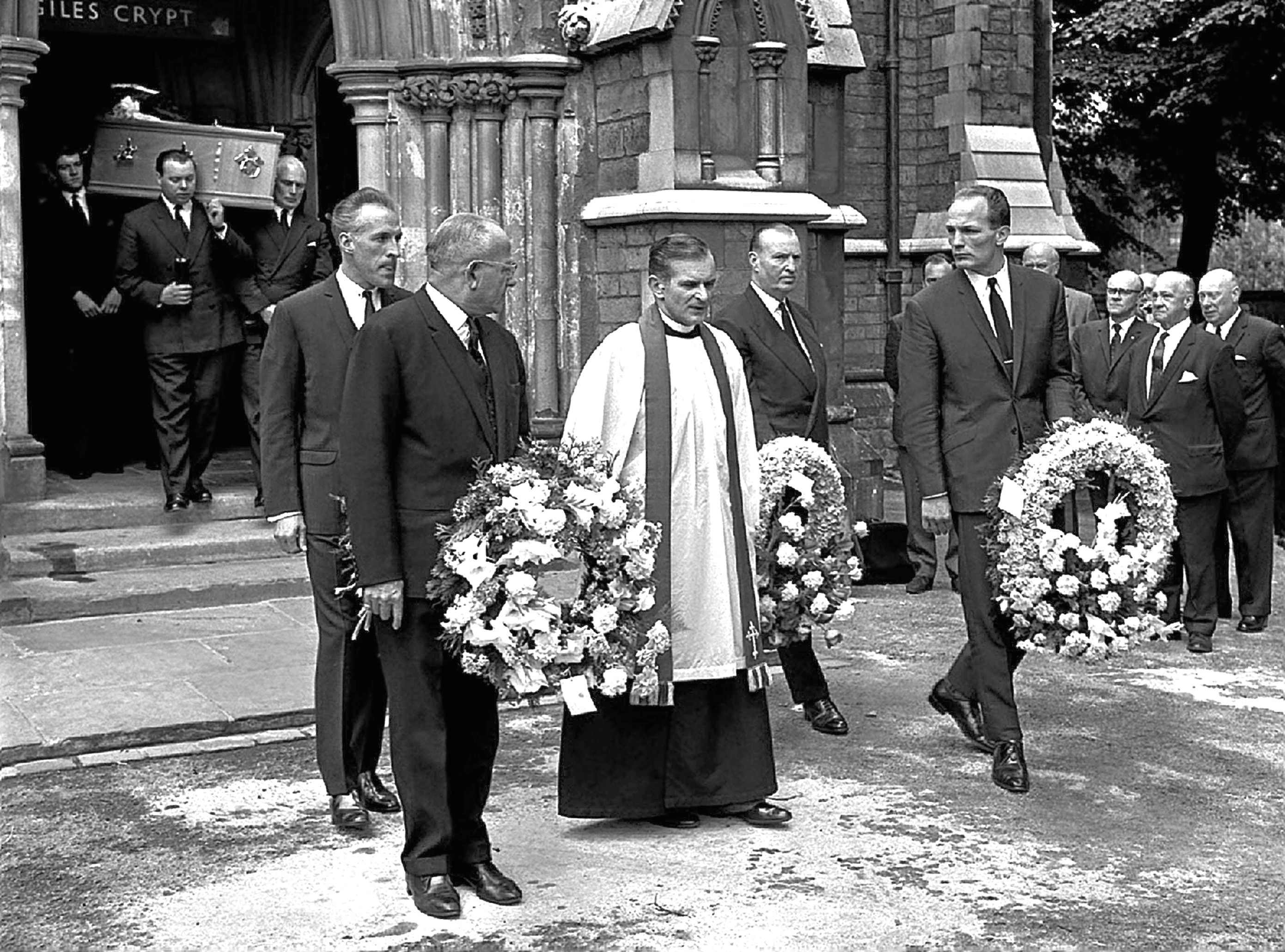
FEARLESS Freddie Mills was Britain’s first sporting superstar.
But was he also the serial killer nicknamed Jack the Stripper, responsible for the Hammersmith Nude Murders?
A world-champion boxer, after Mills hung up his gloves he became an actor, presented the pop programme Six-Five Special and opened Britain’s first Chinese restaurant.
But that’s when things started to turn sour and he was plagued by scandal and money troubles when he was found dead in his car on the morning of July 25, 1965 aged just 46.
He’d apparently shot himself, but rumours persist Freddie was bumped off by the Krays or the Triads.
It’s an incredible story, one which Chris Evans, Labour MP for Islwyn in his native South Wales, tells in his new book.
“This story has everything — there’s the Krays, the Hammersmith Nude Murders, it’s the Swinging 60s, nightclubs, glamour, the seediness of the Soho of the period, everything,” says Chris.
“Freddie was a trailblazer. It’s not just a story about how he died.
“Ultimately it’s very uplifting — this was a guy who was the son of a rag ’n’ bone man, he was a lot of trouble as a kid, he was a thief and up in court.
“But he went from the back streets of Bournemouth into the boxing booths at fairgrounds and then on to be a world champion.
“What his career set down was the pattern the likes of David Beckham have followed — to have ongoing fame after a sporting career comes to an end.
“I sent some questions to Bruce Forsyth, who spoke the eulogy at Freddie’s funeral, and he said Freddie was very much part of the showbiz community, and that they really cared for him.
“People like Sid James, Norman Wisdom and Bob Monkhouse turned up for the funeral, and Henry Cooper was another pallbearer.
“If you’re looking for a modern-day boxer to compare him to, it’s Ricky Hatton,” adds Chris.
“Freddie was a very ‘come forward’ boxer, he’d take a lot of punishment and he had a fantastic chin, but even when he won the light-heavyweight world championship against Gus Lesnevich, there was a shadow over the fight, as Freddie said after it he couldn’t remember any of it.
“He had a broken neck. He’d fractured his vertebrae in an earlier world-title fight against Lesnevich and then he fought Lloyd Marshall — one of the Murderers’ Row of black fighters to be avoided — and he broke his orbital bone in the first round.
“Two Harley Street doctors told him to retire, that it was too dangerous for him to fight on, and the saddest thing is when he fought Lesnevich again, he couldn’t speak afterwards because he was so damaged.
“Freddie was very lucky not to have been killed in the ring but he suffered multiple concussions,” reveals Chris.
“There’s a condition called CTE in which the brain cells at the frontal lobe have basically been destroyed.
“It causes massive personality change, you become short-tempered and irritable.
“It’s like the early stages of dementia and at the end, you end up with suicidal thoughts.
“Now, I think Freddie was suffering from that condition.
“He was plagued by blinding headaches from early on, and in his later fights, he’d constantly throw up after them which is a classic sign.”
Despite all this, Freddie’s foray into opening a Soho restaurant was a success.
As Chris explains: “A lot of servicemen had fought in the Far East and loved Chinese food, but it wasn’t available in this country until Freddie opened the first Chinese restaurant.
“But he came unstuck when Chinese takeways just exploded and the novelty wore off, so he turned it into a nightclub but it bled money.
“So Freddie’s got no money, he’s been in court for illegal gambling after an unlicensed fruit machine was spied in his club and the newspapers are exposing him for a prostitution ring that was operating there.
“He was at rock bottom, he was suffering from pneumonia at the time and what with the damage to the head, I’m certain he shot himself.
“It wasn’t the Krays,” says Chris.
“The big thing to remember about them is they were boxers who loved the boxing community. Their grandfather was a booth boxer called Cannonball Lee.
“They adored Freddie. They were 15 when he became world champion, so to become friends with him would have been fantastic.”
But the fact that the Hammersmith Nude Murders — in which eight prostitutes were found strangled in varying states of undress — stopped after Freddie’s death is enough to convince some he must have been the serial killer Jack the Stripper.
But Chris argues: “Again, it’s a lot of myth and rumour. It’s just circumstantial.
“He was never a suspect. Nipper Read investigated the case again in 1968 when he was looking to pin as much as he could on the Krays, but couldn’t find a single link.”
Fearless Freddie: The Life And Times of Freddie Mills by Christopher Evans MP and published by Pitch Publishing is out now.

Enjoy the convenience of having The Sunday Post delivered as a digital ePaper straight to your smartphone, tablet or computer.
Subscribe for only £5.49 a month and enjoy all the benefits of the printed paper as a digital replica.
Subscribe
